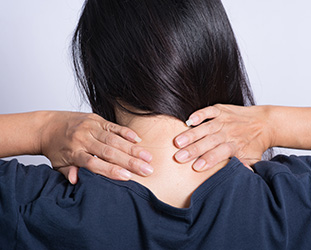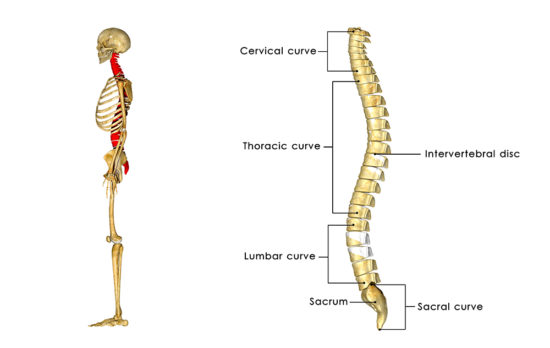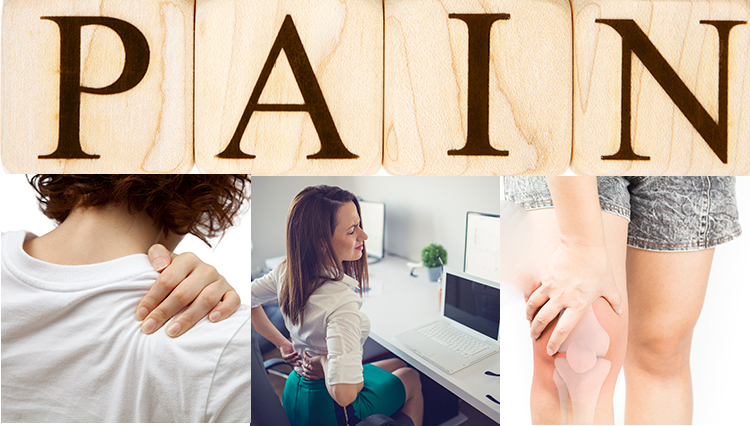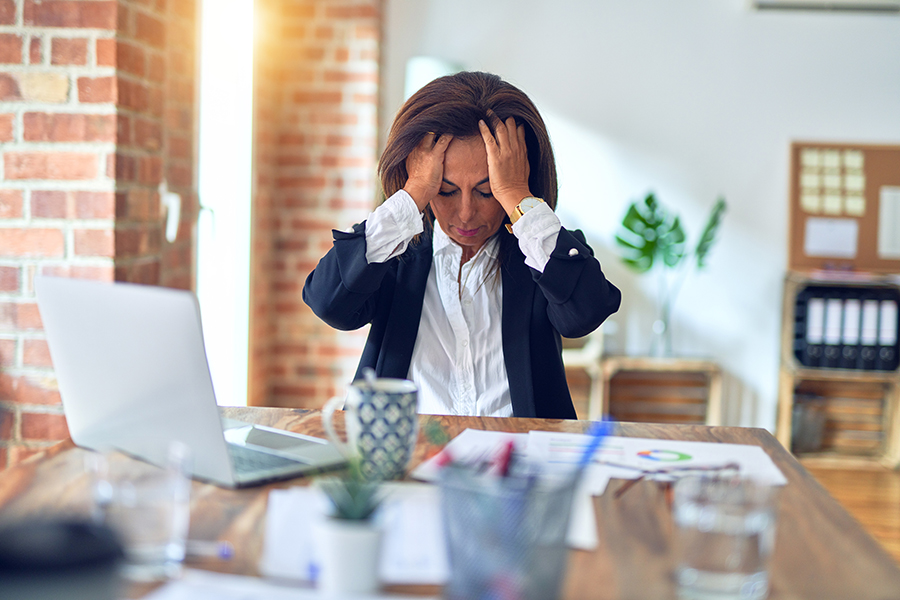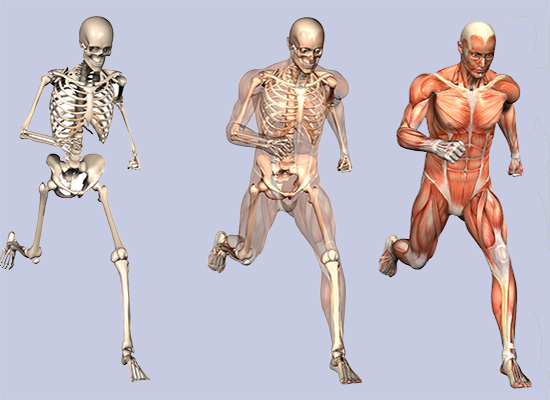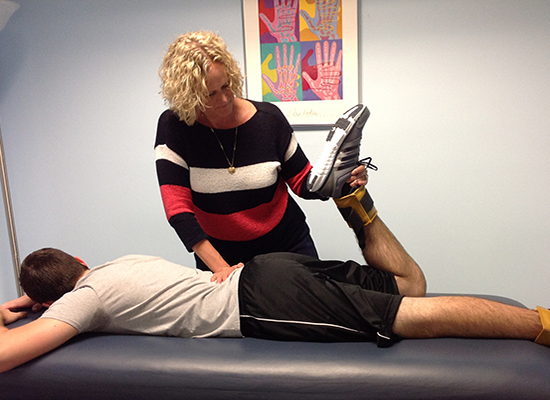What lifestyle changes would PTs recommend to prevent or manage Lower Back Pain (LBP)?
Physical Therapists assess lifestyle risk factors that might predispose or aggravate LBP and educate patients about better choices. The most common adjustment is to be aware of sitting with good postural alignment, avoiding slouching, and actively sitting up straight. Sitting and scrolling on our phones is a good example where slouching is common, i.e., head down, shoulders rounded, and spine flexed. Try sitting up straight and gazing down at your phone instead.
Avoid being sedentary. Prolonged sitting is common in many offices or work-from-home settings but is easily corrected with an ergonomic chair and lumbar lordosis support to create an extension of the spine as you lean back in the chair. For those at a computer, using a standing desk intermittently throughout the day is an effective way to decrease time spent sitting. When your work day ends, avoid sitting. Yes, you can lie on the couch and unload your spine!

Often, people sit slouched without pain, but when they go to get up, they have trouble straightening without pain because the tissues of the spine are overstretched into the flexed or slouched posture and are strained. When this happens, it’s good to do some backward bending and walk with long strides to balance the spine with some extension movements.
Driving long distances can cause the same symptoms, so ensuring your vehicle’s seating alignment is the best for your size and height is important. Cars often have lumbar support built into the seat, which you can adjust for comfort. Another trick is to make sure you sit straight, then align your rear-view and side mirror so when you start to slouch, you won’t be able to see your mirrors, and it will be a reminder to use good posture. Luckily, today, our cars remember these settings for us!
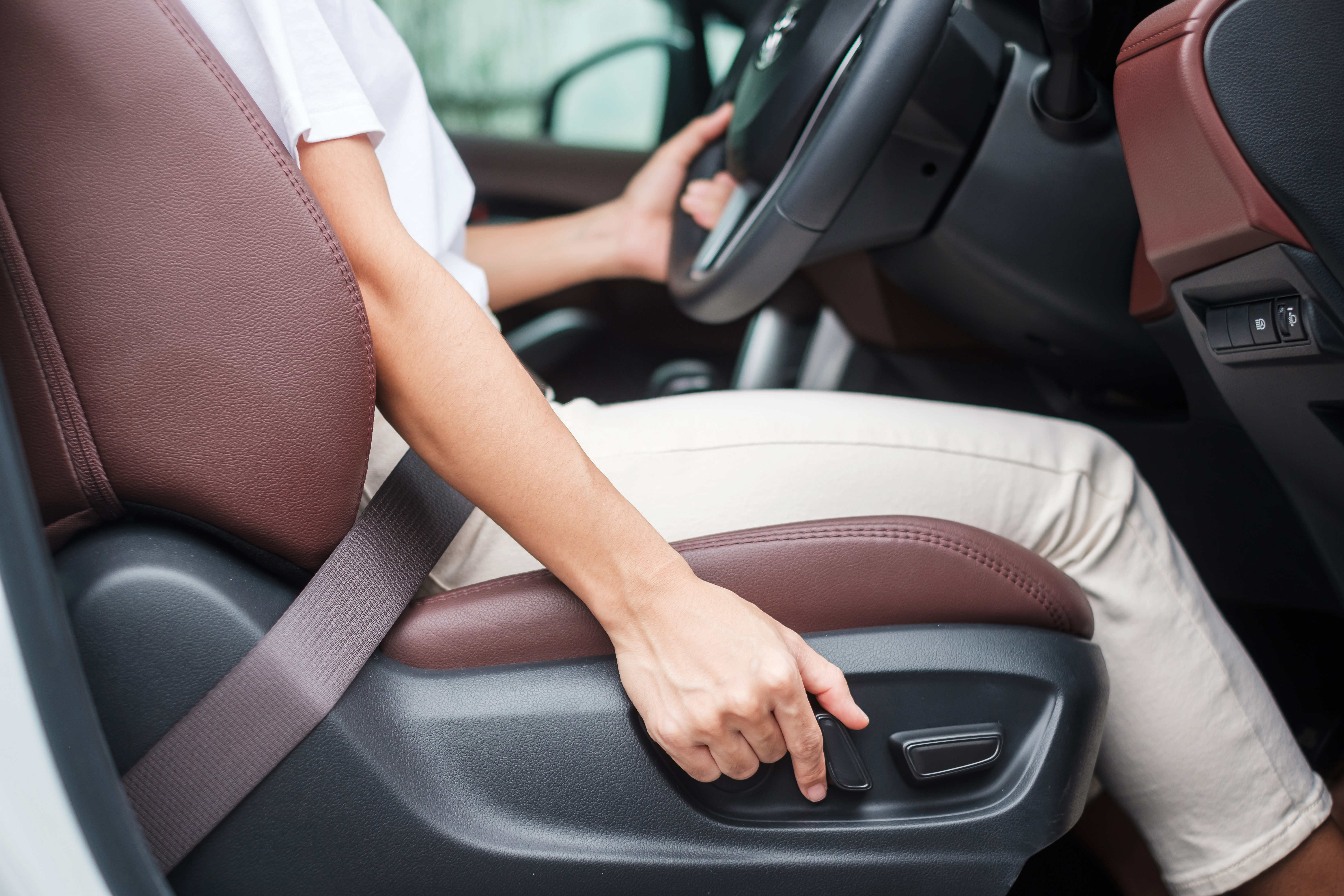
Use proper body mechanics when lifting objects from the floor. A straight back and bent knees are best to prevent lumbar muscle strains or spinal strains. Proper sit-to-stand movement is very helpful, and I find I need to teach this to patients with any lower leg or lumbar problem. Commonly, people round forward and stay flexed to stand; however, to stand properly, you should look up, erect, and lift with your hips and legs.
Walking is good for your back, so take a short walk before or after a meal or lunch break. Other factors that lower the risk for LBP include maintaining good health habits of aerobic exercise training, whether walking daily or getting to a gym 3-4 times a week performing strengthening and aerobic exercise. Keeping your weight in the normal range and avoiding smoking are additional factors that reduce risk.
Physical therapy involves patient education, manual therapies, and strengthening exercises that focus on trunk muscle activation and building endurance to reduce pain. Physical therapy is known to be valuable and effective in managing acute and chronic low back pain, and recent studies suggest it is most beneficial when used earlier in the care process. Ask your primary care provider about coming to see WWSPT’s skilled clinicians and choose physical therapy first in your care.
Wendy Webb Schoenewald, PT, OCS,
WWS Physical Therapy and Vestibular Rehabilitation
Doylestown, PA.
215-489-3234
